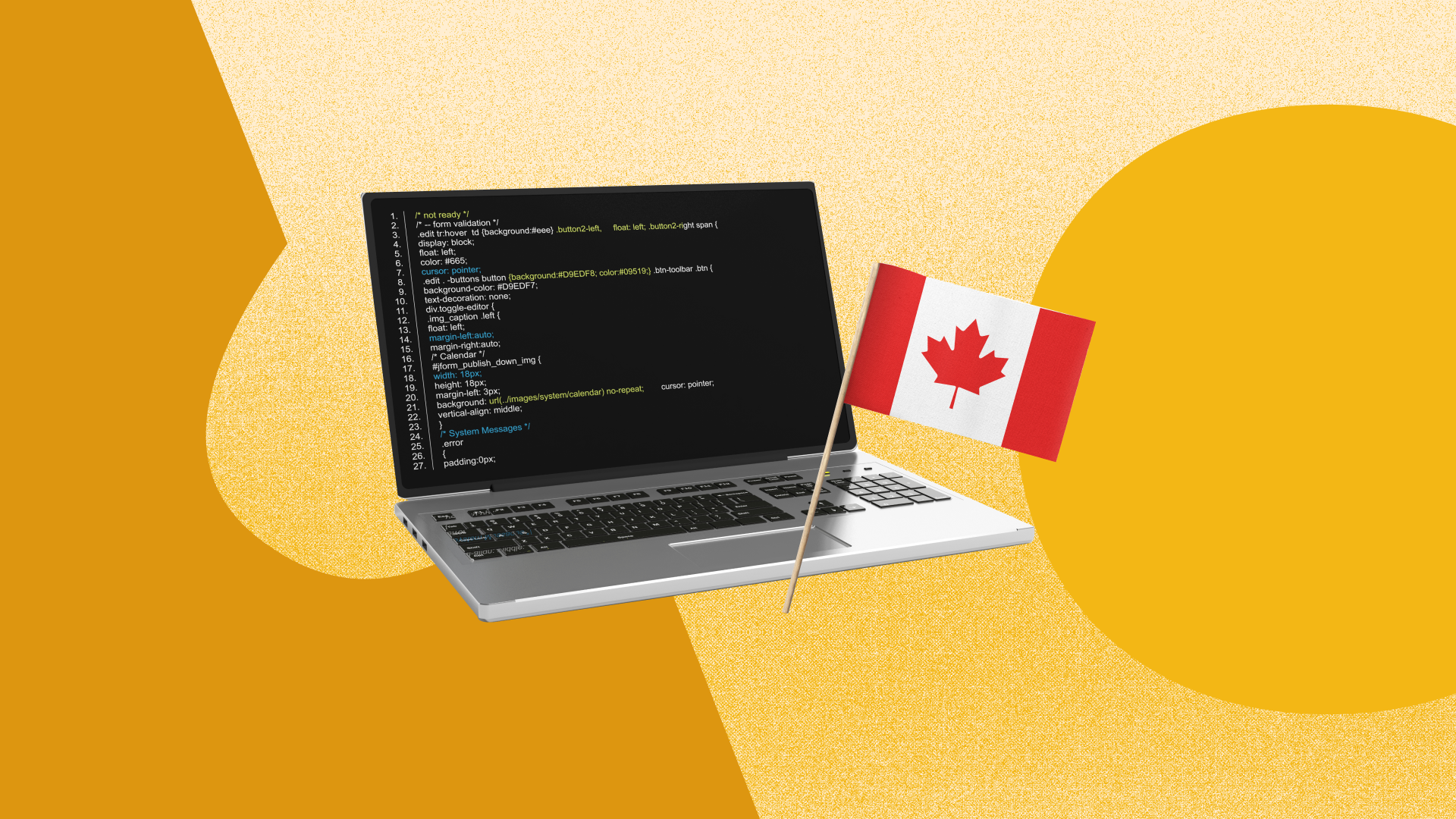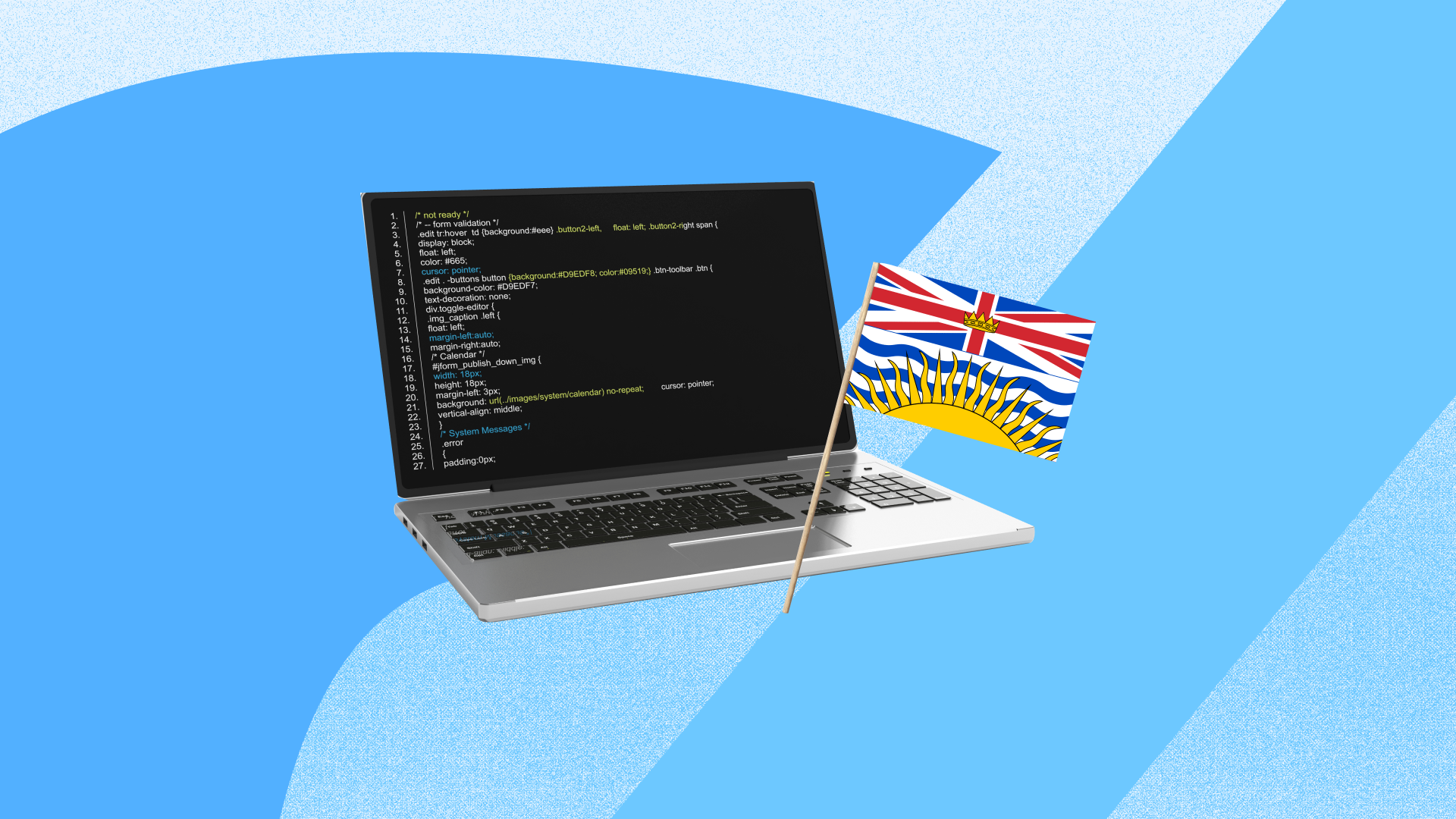Why do employers implement a benefit waiting period?
How long is the typical benefit waiting period?
Are employees eligible for benefits during the waiting period?
Benefit Waiting Period
The benefit waiting period is the initial period after hire, during which employees are not yet eligible to receive certain workplace benefits, such as health insurance or retirement contributions.
Why do employers implement a benefit waiting period?
Employers can use benefit waiting periods to manage costs, reduce administrative burden, and ensure that new hires are committed to the role before benefits kick in. The benefit waiting period also helps align benefits enrollment with payroll processing and insurance billing cycles.
How long is the typical benefit waiting period?
The most common benefit waiting period can range from 30 to 90 days, although some employers offer benefits starting on the first day of the month following the hire date. Federal law sets a maximum waiting period of 90 calendar days for health insurance coverage under the Affordable Care Act (ACA). Employers can choose any timeframe up to that limit, depending on their internal policies and insurance provider requirements.
Are employees eligible for benefits during the waiting period?
Employees generally are not eligible for significant benefits such as health insurance until the waiting period ends. However, some benefits, such as paid time off (PTO) accrual, employee discounts, or certain voluntary programs, may begin on the employee’s first day, depending on the company’s policy.
Dive Deeper with Justworks’ Resources
Get a closer read on relevant topics related to benefits, payroll, HR, compliance, and more.





